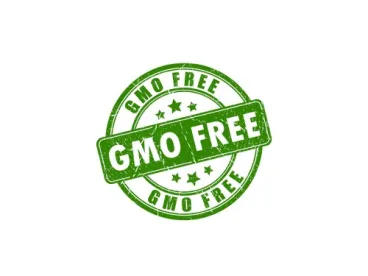-
Created in 2011, the Interagency Food Safety Analytics Collaboration (IFSAC) is a partnership of three federal agencies—the Centers for Disease Control and Prevention (CDC), the U.S. Food and Drug Administration (FDA), and the Food Safety and Inspection Service of the United States Department of Agriculture (FSIS). IFSAC aims to enhance the coordination of federal food safety analytic efforts and address cross-cutting priorities for food safety data collection, analysis, and use. In particular, IFSAC’s projects and studies seek to identify foods that are important sources of human illness and focuses its analytic efforts on four priority pathogens: Salmonella, Escherichia coli ( coli) O157:H7, Listeria monocytogenes (Lm), and Campylobacter.
-
Today, FDA announced that new research from IFSAC scientists on how to categorize foods linked to foodborne disease outbreaks was recently published in a paper entitled, “An Updated Scheme for Categorizing Foods Implicated in Foodborne Disease Outbreaks: A Tri-Agency Collaboration.” The paper updates previous food categories used by the CDC and has five levels with subcategories at each level, for a total of 234 food categories. Highlights of the IFSAC food categorization scheme include:
-
Close alignment with the food product definitions used by the FDA and the U.S. Department of Agriculture’s Food Safety and Inspection Service (USDA-FSIS) for regulatory purposes;
-
Separation of Aquatic Animals, Land Animals, and Plant foods into increasingly specific animal (for example, Fish, Dairy, Beef) or botanical (for example, Fruits, Fungi, Root/Underground) food categories;
-
Separation of foods based on food processing, preparation, and consumption type (for example, ready-to-eat meats, canned/containerized produce); and
-
New categories for “Other” foods and foods not assigned to a category under the previous scheme (for example, “Multiple-Ingredient Food,” “Multiple Foods Reported”).
-
-
The increased specificity of food categories noted in the paper could potentially improve source attribution analyses, ultimately leading to improved foodborne illness source attribution estimates and enhanced food safety and regulatory efforts.
Interagency Food Safety Analytics Collaboration Publishes Paper on How to Categorize Foods Linked to Foodborne Disease Outbreaks
Friday, December 8, 2017
Current Public Notices
Published: 9 September, 2025
Published: 9 September, 2025
Published: 8 September, 2025
Published: 4 September, 2025
Published: 28 August, 2025
Published: 25 August, 2025
Published: 22 August, 2025
Published: 20 August, 2025
Published: 20 August, 2025
Published: 18 August, 2025
Published: 11 August, 2025
Published: 8 August, 2025
Published: 26 June, 2025



 />i
/>i

